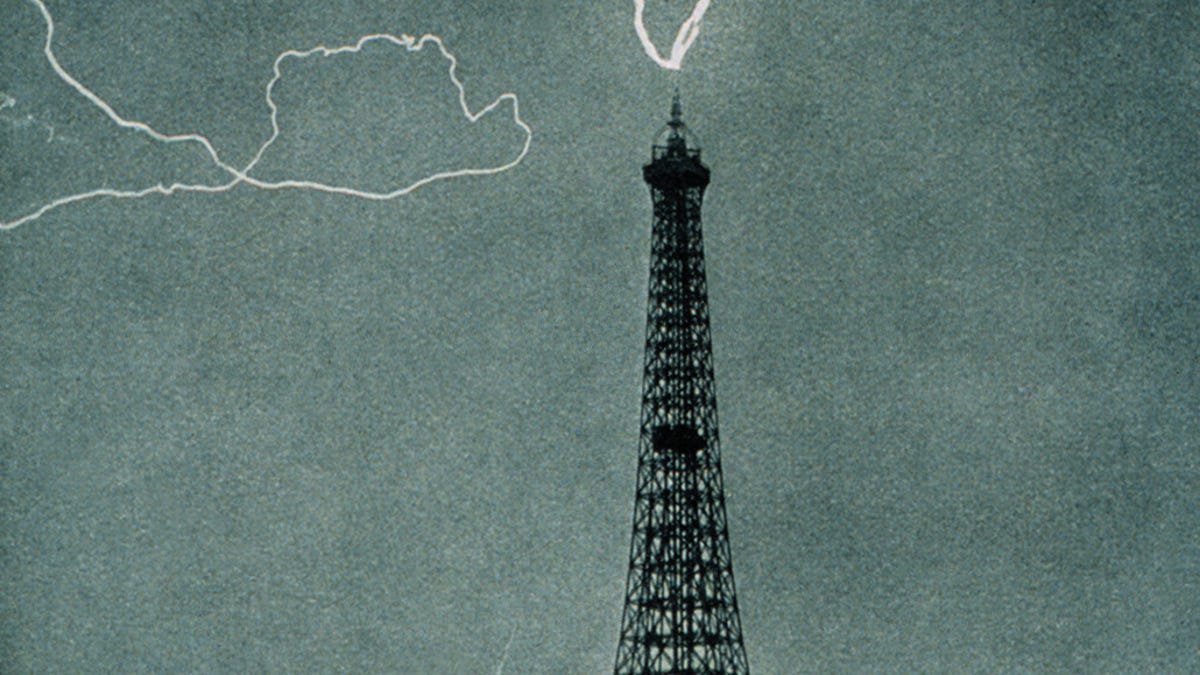Scientists work to harness lightning for electricity
Chemists say breakthrough could one day lead to device for collecting electricity from the atmosphere for energy use, prevention of lightning.

Nikola Tesla would be jealous.
A group of chemists from the University of Campinas in Brazil presented research on Wednesday claiming they've figured out how electricity is formed and released in the atmosphere.
Based on this knowledge, the team said it believes a device could be developed for extracting electrical charges from the atmosphere and using it for electricity.
The team, led by Fernando Galembeck, says they discovered the process by simulating water vapor reactions in a laboratory with dust particles common to the atmosphere.
They found that silica becomes more negatively charged when high levels of water vapor are present in the air, in other words during high humidity. They also found that aluminum phosphate becomes more positively charged in high humidity.
"This was clear evidence that water in the atmosphere can accumulate electrical charges and transfer them to other materials it comes into contact with. We are calling this 'hygroelectricity,' meaning 'humidity electricity,'" Galembeck said in a statement.
But the discovery, if true, goes against the commonly held theory among scientists such as the International Union of Pure and Applied Chemistry, that water is electroneutral--that it cannot store a charge.
Galembeck, who is a member of the IUPAC, told New Scientist that he does not dispute the principle of electroneutrality in theory, but that he believes real-life substances like water have ion imbalances that can allow it to produce a charge.
The hygroelectricity discovery could lead to the invention of a device that is able to tap into all that energy. Akin to a solar panel, a hygroelectrical panel on a roof would capture atmospheric electricity that could then be transferred for a building's energy use, according to the University of Capinas team.
In addition to capturing electricity, such a device could also be used to drain the area around a building of its electrical charge, preventing the atmospheric discharge of electricity during storms--aka lightning.
"We certainly have a long way to go. But the benefits in the long range of harnessing hygroelectricity could be substantial," Galembeck said.
The research was presented in Boston at the 240th National Meeting of the American Chemical Society.

